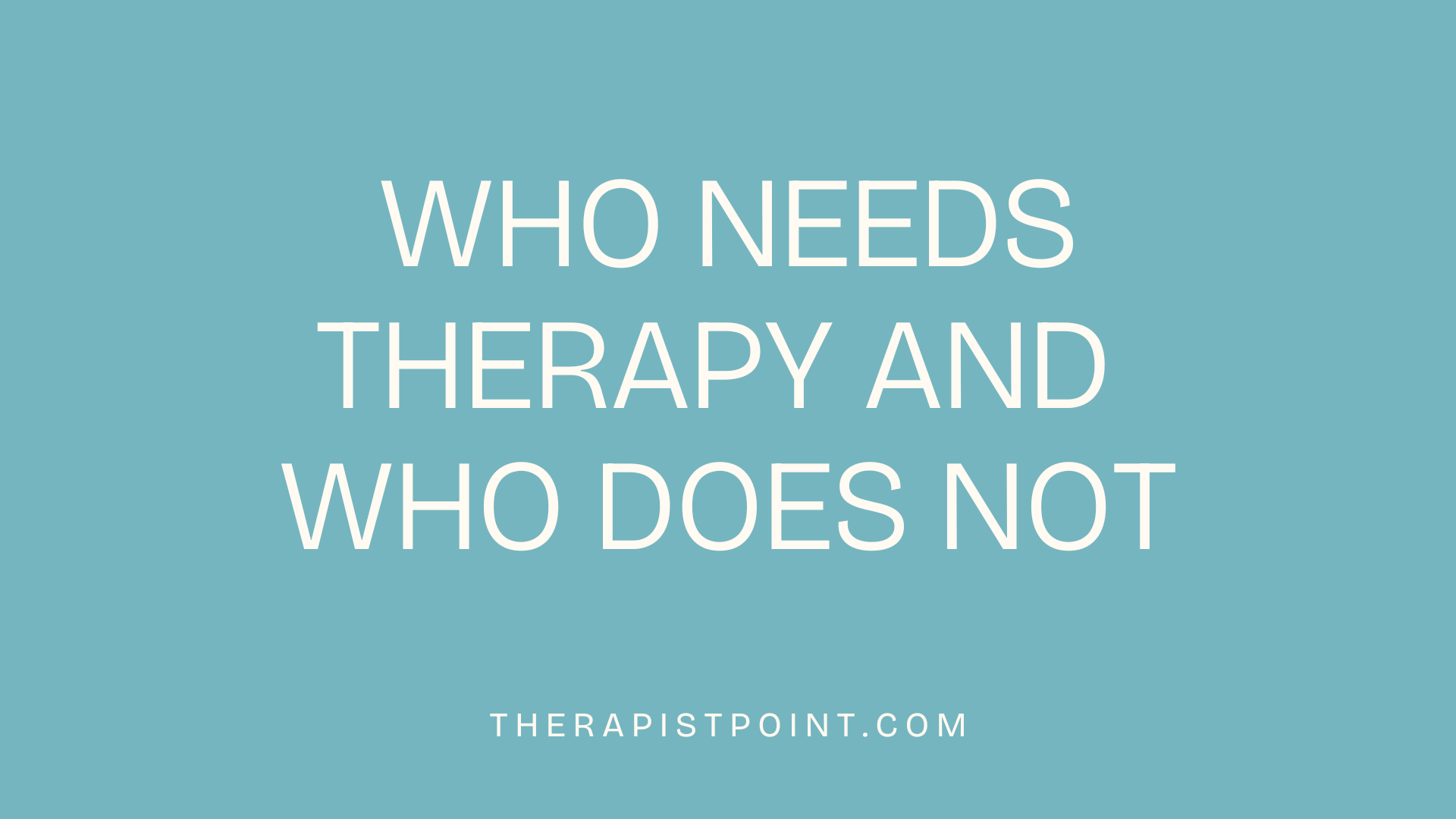 this Winter.jpg)
Coping with Seasonal Affective Disorder (SAD) this Winter
As the crisp fall air soon transitions into winter's chill, many of us cozy up by the fireplace, savor hot chocolate, and cherish time with loved ones. For some of us, though, rather than a season of warmth and festivity, it feels like a season of loneliness, darkness, and despair—the crippling symptoms of Seasonal Affective Disorder (SAD), also known as winter blues, seasonal depression, or winter depression. Approximately 10 million Americans experience SAD annually, often unbeknownst to the rest of the world. This was the case with a client of mine:
“In those years, when fall turned into winter, I’d withdraw, feeling exhausted, unmotivated, alone, and lost. Completing even the simplest tasks became impossible. I’d lay in bed—feeling numb—staring blankly, unable to muster any strength or motivation to start my day.”
He had SAD and endured it in silence for two winters until he finally opened up to a trusted one and sought professional help. This is something that you may be struggling with. If it is, one of the first things we can do is recognize the signs and symptoms of SAD.
Recognizing the Signs and Symptoms
SAD is often disguised as mere winter fatigue, but for those affected, it is crippling and causes dysfunction in many areas of their life. Symptoms include:
● Persistent feelings of loneliness, sadness, emptiness, and despair
● Loss of energy and motivation
● Withdrawal from social interactions and isolation
● Difficulty concentrating and completing daily tasks
● Numbness and disconnection
Managing Seasonal Affective Disorder
There are coping and self-care strategies to naturally manage SAD symptoms and promote your winter mental health.
1. Light Therapy
Exposure to sunlight, particularly in the morning, plays a crucial role in regulating our internal clock and hormone production. This can lead to improved sleep quality, enhanced mood, and increased energy levels.
To reap the benefits of sunlight, aim for the following:
● Intensity: Expose yourself to approximately 10,000 lux, which is the equivalent of direct sunlight.
● Timing: Spend time outside during the following periods:
○ 8am-10am: Morning sunlight helps regulate your circadian rhythm.
○ 11am-1pm: Mid-day sunlight can help boost your mood and energy.
● Duration: Aim for at least 20-30 minutes of sunlight exposure per session.
Incorporate sunlight into your daily routine with these strategies:
- Start your day with a morning stretch outside in the sun.
- Take a short walk during your lunch break to soak up some sunlight.
- Wind down with an evening walk during sunset to promote relaxation.
While light therapy boxes can be a convenient alternative, natural sunlight provides a broader range of benefits—and it’s free!
2. Exercise
Regular exercise is a powerful tool in managing SAD symptoms. Physical activity has been shown to:
● Improve mood and reduce symptoms of depression
● Boost energy levels and reduce fatigue
● Enhance sleep quality and duration
● Promote overall physical and mental well-being
From brisk walking to strength training to pilates, there are many options for you to choose from. Some tips to get you started:
● Aim to exercise outside during peak sunlight hours (when possible) to combine physical activity with natural light therapy.
● Start small, with 15-minute sessions, and gradually increase the duration and intensity as you become more comfortable.
● Find an exercise buddy or accountability partner to help stay motivated and engaged.
3. Diet
A well-balanced diet plays a crucial role in maintaining overall health and well-being, particularly during the winter months when SAD symptoms can be more pronounced.
Aim to incorporate whole, unprocessed foods into your diet as much as possible. It is understandable if you need take-out or a quick microwaveable meal here and there. But whole foods provide essential nutrients, fiber, and antioxidants that support optimal health. Soups and broths, casseroles, hearty stews, and teas are especially nourishing and warming during the winter months.
In addition to focusing on whole, unprocessed foods, incorporate the following key nutrients into your diet to help manage SAD symptoms:
● Healthy fats and Omega-3s: Found in fatty fish, nuts, seeds, and avocados, these essential fatty acids support brain health and mood regulation.
● Vitamin D: Crucial for mood regulation and overall health, vitamin D can be found in fatty fish, egg yolks, dairy products, and sunlight exposure.
● SAMe (S-adenosylmethionine): This naturally occurring compound supports mood regulation and can be found in foods like meat, fish, and whole grains.
● Antioxidants: Found in a variety of fruits and vegetables (think of colorful foods), antioxidants help protect against oxidative stress and inflammation, which can exacerbate SAD symptoms.
4. Adequate, Quality Sleep
Aiming for 7-9 hours of quality sleep each night is crucial for managing SAD symptoms. This standard range for healthy adults helps regulate mood and energy levels, which are often disrupted by SAD.
Our bodies operate on an internal clock, known as the circadian rhythm, which relies heavily on our sleep schedule and exposure to sunlight. By prioritizing sleep and maintaining a consistent sleep-wake cycle, you can help your body stay in sync with the natural day-night cycle, reducing the severity of SAD symptoms.
Some strategies to promote optimal sleep and circadian rhythm include: establishing a calming routine before bed, avoiding blue light exposure an hour prior to sleep, and getting sun exposure as soon as possible upon waking up.
5. Meditation and Mindfulness
Meditation is another tool for managing SAD symptoms. By incorporating meditation into your daily routine, you can:
● Calm your mind and emotions
● Reduce stress and anxiety
● Improve your mood regulation
● Cultivate self-awareness and self-compassion
There are various meditation techniques, including: mindfulness meditation, guided imagery, journaling, breath awareness, and nature meditation walks. To get started, you can explore various apps and tools that offer guided meditations and relaxation techniques. Some popular options include Headspace, Calm, Insight Timer, and Hallow (Christian-based). Start with short 15-minute sessions and slowly increase the time as you become more comfortable with meditations. It might be helpful as well to set a time for meditation in your daily routine.
Consulting with a Mental Health Specialist
While lifestyle changes, self-care, and coping strategies can help alleviate SAD symptoms, consulting with a mental health professional can be an essential part of effective management and recovery. They can help create personalized treatment plans; teach emotion regulation skills, stress management techniques, and healthy coping mechanisms; support with medication management; and provide a supportive environment to discuss challenges, progress, and unravel any wounds that may be contributing to SAD.
Don’t be afraid to seek help. We see a doctor annually for our physical health—it doesn’t hurt and only makes sense that we do the same for our psychological and mental health. You can use the Therapist Directory on this site to find a qualified mental health professional for whatever you are struggling with—nothing is too big or too small.






